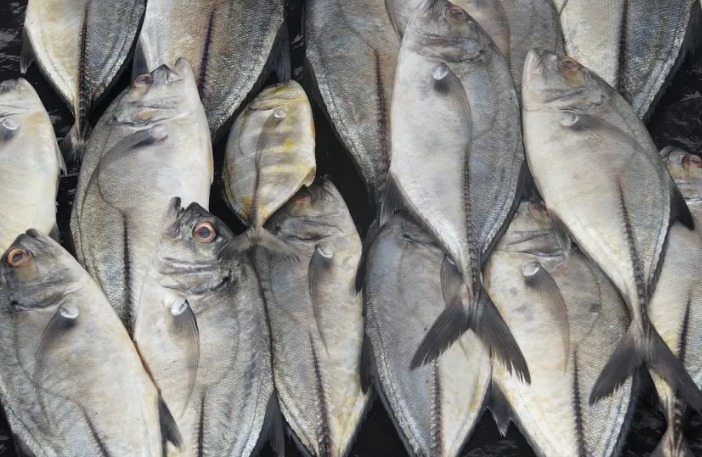Global fisheries and aquaculture production reached a record 223.2 million tonnes (Mt) in 2022, 4.4% more than in 2020, for an estimated value of $472 billion, according to the 2024 edition of the report of FAO on The State of World Fisheries and Aquaculture. The report also shows that for the first time aquaculture has become the main producer of aquatic animals, ahead of capture fishing. Global aquaculture production reached an unprecedented level of 130.9 Mt, including 94.4 Mt of aquatic animals, or 51% aquatic animals.
A trend that is expected to continue until 2032. Global production of aquatic animals is expected to reach 205 Mt by 2032, including 111 Mt from aquaculture and 94 Mt from capture fishing, an increase of 17 % and 3%. Thus, observes the FAO, aquaculture will represent 54% of the total production of aquatic animals and will provide 60% of aquatic food products intended for human consumption, estimated at 184 Mt, or 90% of total production.
However, aquaculture remains dominated by a small number of countries. Around 90% of livestock production is concentrated in Asia with Bangladesh, China, India, Indonesia, the Philippines and Vietnam among the ten world producers. Africa represents only 1.9% of global aquaculture animal production.
As for global production of aquatic animal capture fishing, it has been almost stable for several years, standing at 92.3 Mt in 2022.
Sustainability, can do better
In 2021, 62.3% of stocks are exploited sustainably, a decrease of 2.3% compared to 2019. If the situation tends to worsen over time, the report also observes positive developments. For example, 75% of the main tuna species are now exploited sustainably, compared to barely 40% ten years ago. Or in the North-East Atlantic, only 25% of stocks were exploited sustainably in 2000, they are 74% today.
Sustained pace of consumption
Since 1961, apparent consumption of aquatic foods of animal origin has increased at a rate almost twice the rate of population growth. In 2022, it is 165 Mt, or 20.6 kilos per inhabitant compared to only 9.1 kg/inhabitant in 1961. By 2032, it will increase by 12% to reach an average of 21.3 kg/inhabitant. But in Africa, apparent consumption per capita will continue to decline.




